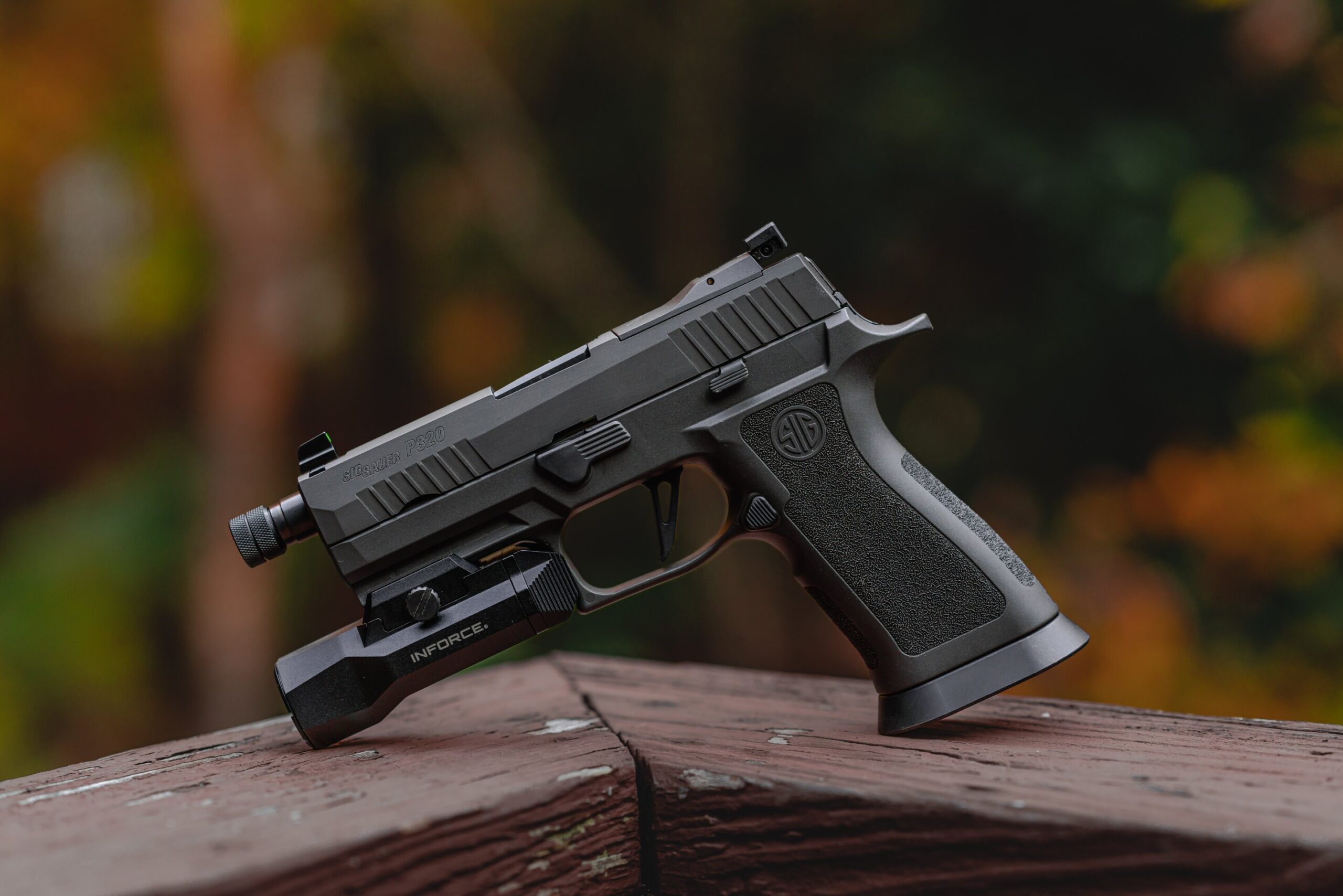

While studying street gangs as part of his Ph.D. in Chicago in the late ’90s, an interview with a non-gang teen helped change Rod Brunson’s thinking about what his research could accomplish.
“She’d figured out how to navigate going to school or the corner store without being victimized,” says Brunson, a professor of criminology and criminal justice. “But then this young person said very somberly, ‘Can you do something about the police?'”
Brunson today focuses on answering questions—like how police officers’ enforcement decisions can by affected by racialized perceptions of different places—that interest not just criminologists, but people in the often-underserved communities he studies. His research broadly tackles the rising toll of gun violence—which UMD is addressing through the 120 Initiative to Reduce Gun Violence, named for the approximate number of people killed each day in the U.S. by firearms. He spoke to Maryland Today about the impact of abundant guns, the dangerous ways some people learn to use them and a public health-based approach to stopping an ongoing national tragedy.
What’s the common thread between mass shootings we see on the news and the daily killings we usually don’t?
They’re different issues in many ways, but tied together by the attraction guns have for young males. We have many more guns per citizen than any country you’d normally compare us to.
Will simply reducing the number of guns help solve the violence problems?
Discussions of laws keeping guns out of the hands of people who should not have them are well-intended, but the sheer number of guns means people are going to obtain guns for the foreseeable future. And just telling people who are high-risk or prohibited from carrying guns to stop doing so is ineffective.
In areas plagued by violence, what prevents people from just walking away from guns?
Not all, but many people feel, whether it’s reasonable or exaggerated, everyone around them is carrying—including people out to do them harm. When my collaborator, (UMD Assistant Professor) Brooklynn Hitchens, and I analyzed data from people in New York, where there are high penalties for illegally carrying a gun, we were struck by the quip, “I’d rather be judged by 12 than carried by six.”
So we’re awash in guns, and laws are hard to pass or maybe won’t work. Do we throw up our hands?
No, we need to hold people accountable, but maybe we also should pivot and learn from the failures of the past. I think one thing most people can agree on is that ‘get tough on (insert whatever issue here)’ has not worked out well, whether it’s drugs or other criminal activity. It doesn’t solve problems, but it does have unintended consequences like mass incarceration or further disenfranchisement. Instead of coming at it simply from the standpoint of law enforcement, we examined a public health approach in this new study and found it could help.
What would that entail?
A surprisingly high number of people we surveyed in at-risk neighborhoods got instruction in handling guns from movies or video games. Many people do not store guns safely—unlocked under the bed where children can find it, for instance, or outdoors.
What we’re suggesting is that grounding people in gun safety could solve some of these issues. It is a little bit similar to immunization: Immunize everyone you know with safety practices, so it will hopefully protect those people who are most in need, or at highest risk.
Provided by
University of Maryland
Citation:
Amid spiraling violence, criminologist studies new approaches to gun crime (2023, March 31)
retrieved 31 March 2023
from https://phys.org/news/2023-03-spiraling-violence-criminologist-approaches-gun.html
This document is subject to copyright. Apart from any fair dealing for the purpose of private study or research, no
part may be reproduced without the written permission. The content is provided for information purposes only.